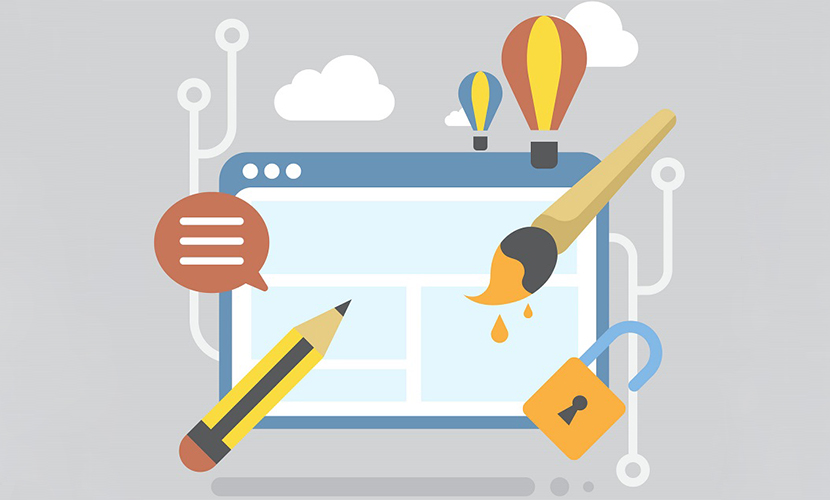In today’s digital landscape, having an effective landing page is crucial for converting visitors into customers. A well-designed landing page not only attracts attention but also facilitates a smooth journey leading to higher conversion rates. This blog post explores essential aspects of easy landing page design services that can significantly enhance your conversion rates, making use of strategic elements that have been proven to be effective in digital marketing today.
Why focus on the design of your landing page? First impressions really do count, especially in the fast-paced world of the internet where user attention spans are notoriously short. An appealing, clear, and focused landing page design can make the difference between a bounce and a conversion. Let’s delve into some key elements that every business should consider to optimize their landing pages effectively.
Understanding User Intent
Every effective landing page starts with a clear understanding of user intent. By aligning your page design with what users expect and need when they click through, you can vastly increase the chances of keeping their interest. Including targeted Landing Page Design Services can specifically tailor content and imagery such that it speaks directly to an audience’s pain points or desires, making the content highly relevant and compelling.
This relevance is crucial; it’s about creating a narrative on your landing page that answers questions before they’re even asked. Tailoring your landing page based on visitor demographics and behavior patterns derived from analytics can considerably boost conversion rates.

Compelling Call-to-Actions (CTAs)
A strong call-to-action (CTA) is imperative for guiding users towards conversion. Whether it’s signing up for a newsletter, registering for a webinar, or making a purchase, your CTA should stand out and be directly linked to the next step you want the visitor to take. The choice of words, color contrast, size, and positioning of the CTA all play vital roles in how effectively it draws attention and encourages action.
In designing these elements, simplicity often reigns supreme. A cluttered page can dilute the impact of your CTA, while a clean layout with one clear directive fosters better user engagement and response rates.
Mobile Optimization
In an era where mobile devices account for approximately half of worldwide web traffic, having a mobile-optimized landing page isn’t just beneficial; it’s necessary. A mobile-friendly design ensures that your page looks good and functions smoothly across all devices, which in turn prevents potential customer drop-offs due to poor user experience.
Optimization involves adaptable text sizes, responsive images, and accessible navigation options that contribute to a seamless mobile user experience. Effective landing pages adapt in real-time, ensuring every element is as impactful on a phone screen as it is on a desktop.
A/B Testing
To truly enhance conversions through landing pages, constant testing and optimization are key. A/B testing allows you to compare different versions of your page to see which features perform best. This might include experimenting with different headlines, images, button colors, or even entire layouts. Insightful data gathered from these tests can guide iterative improvements that lead to better results.
Frequent testing not only optimizes individual elements but also delivers valuable insights about what resonates with your audience. Leveraging these insights means each iteration is smarter and more targeted than the last.
Effective Visual Elements
An image speaks a thousand words, especially on a landing page where visual appeal can directly influence consumer behavior. Using high-quality images or videos that contextualize your product or service can dramatically increase engagement levels.
Furthermore, incorporating unique visual elements such as infographics or animations can help explain complex information in an easily digestible format, thereby enhancing user understanding and retention. Remember to keep balance—too many visuals might distract rather than attract users.
In conclusion, optimizing landing pages for conversion doesn’t have to be complex or overwhelming. By focusing on user intent, powerful CTAs, mobile optimization, constant A/B testing, and compelling visuals, businesses can harness the full potential of their online presence. Improving landing page design is an ongoing process of refinement and customization—as consumer behaviors shift so too should page designs.
Employing these strategies within your landing page design will align core objectives with user expectations, driving both engagement and conversions upward significantly. It’s not just about looking good; it’s about performing well too.

